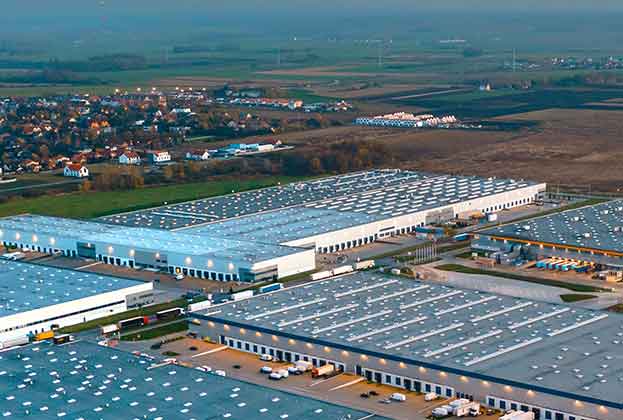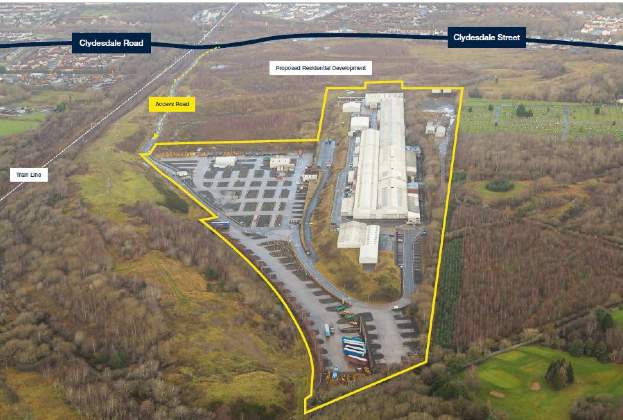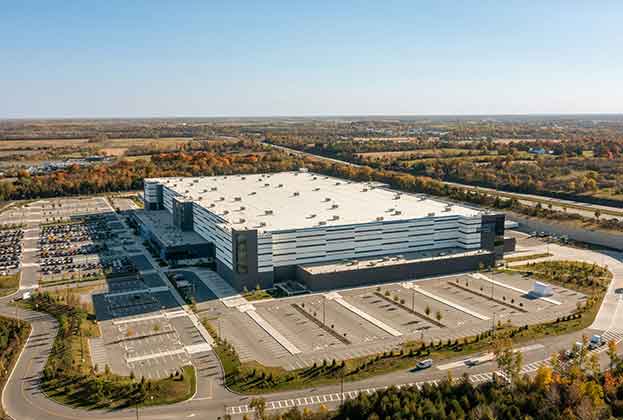In addition to being the key component in everything from mobile phones to autonomous vehicles, the semiconductor personifies how trends such as nearshoring and geopolitics are shaping the landscape of our globalised economy. Once dominated by the US, the semiconductor value chain has evolved into a globally interconnected system following the steady dismantling of trade barriers.
As globalisation was embraced, complexity at every stage of the value chain has encouraged a high degree of specialisation. Taiwan Semiconductor Manufacturing Company (TSMC), which focused on manufacturing, now accounts for nearly 60 per cent of global chip production. Meanwhile, two Japanese companies account for over 50 per cent of the global market for silicon wafers, and ASML in the Netherlands is the sole supplier of machinery required to manufacture the most advanced chips.
Growing geopolitical tension has concentrated minds on where chip inputs are sourced, especially those with both civil and military applications. Supply resilience has quickly become an issue of national security – the latter is now often more important than cost. According to TSMC’s founder, US-made chips will be more expensive than those produced in Asia, but they’re still spending US$40 billion developing a fabrication plant (‘fab’) in Arizona.
In 2022, the US and EU announced plans to develop “a transatlantic approach to semiconductor investment aimed at ensuring security of supply and avoiding subsidy races” and the US is also attempting to build a ‘Chip-4’ alliance including South Korea, Taiwan, and Japan. China is notably absent from these initiatives. Even allied nations are competitors in the global chip race and not every nation can emerge victorious; subsidising production and distorting the price signal risks developing overcapacity and wasting public resources.
What does this mean for real estate investors?
Direct policy-fuelled investment is primarily focused on developing new fabs; large, highly-specified, expensive custom built facilities, mainly owned and occupied by the likes of TSMC.
Given the costs involved, the industry alone can’t fund expansion. This provides an opportunity for other sources of private capital: the sheer scale of fabs limits this to large asset managers, but each fab will generate further opportunities across less capital intensive and less specialised parts of the value chain, which in turn will have real estate requirements.
There is also the logistics supply chain. Semiconductor production necessitates substantial supply chain expansion, fuelling heightened logistics demand across all levels, from raw material suppliers to packaging and testing companies. Organisations must either expand their industrial and logistics real estate or enlist third-party logistics companies (3PLs).
In Europe, we estimate that by 2030 nearly 11 million sqm of logistics space is needed. This is equivalent to 4.4 per cent of total demand, based on historical rates of take-up. In the US, an additional 18.5 million sqm of real estate is required, including offices as well as logistics.
Location decisions will be driven by factors including skilled labour (particularly critical), utilities, local government incentives, and geological stability. Agglomeration economies are important; new facilities can be transformative, introducing supplier networks, with knock-on effects driving local demand for industrial property. In the US, investment is largely concentrated in the Sunbelt region, with leading global Tech Cities such as Austin and Dallas prominent. In Europe, Saxony in Germany appears to be preferred, while Shanghai and the wider Yangtze River Delta is home to the majority of Chinese fabs.
‘Onshoring’, ‘nearshoring’, and ‘friendshoring’ concepts are still primarily just that, but the semiconductor industry is at the coal face, and policymakers around the world are endeavouring to turn concept into reality. This is turn creates opportunities for the real estate industry.
Further information
Contact Oliver Salmon
Spotlight: Semiconductors and the logistics sector





.jpg)


.jpg)

